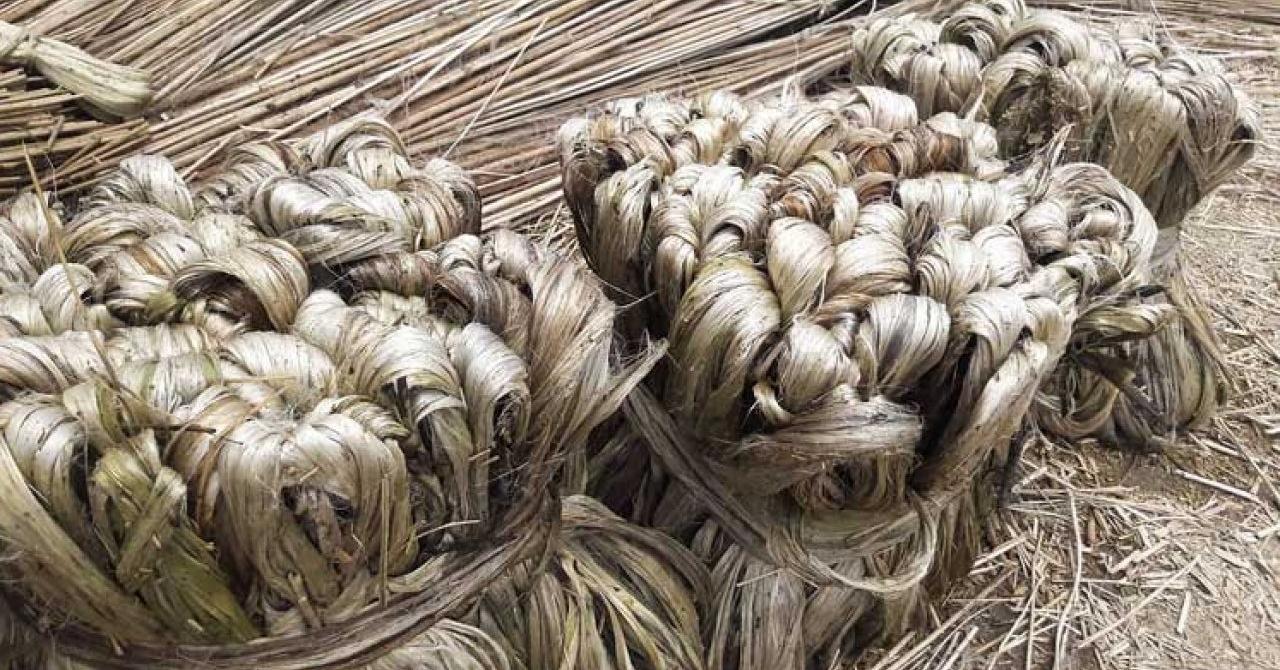Are you curious to know what is golden fibre? You have come to the right place as I am going to tell you everything about golden fibre in a very simple explanation. Without further discussion let’s begin to know what is golden fibre?
What Is Golden Fibre?
In the realm of natural fibers, one particular treasure holds a special place—jute, often referred to as the “golden fibre.” With a rich history deeply rooted in cultural heritage and versatile applications, jute stands as a sustainable and invaluable resource in various industries worldwide. In this blog, we delve into the essence of the “golden fibre,” exploring its origins, characteristics, applications, and its significance in today’s global landscape.
Origin And Characteristics Of Jute:
Jute, scientifically known as Corchorus, is a long, soft, and shiny vegetable fiber that primarily grows in the Indian subcontinent, especially in the Ganges Delta. Known for its golden hue and robust nature, jute fibers possess exceptional strength, making them suitable for a diverse range of applications.
Historical Significance:
The history of jute traces back centuries, with its cultivation and utilization dating to ancient times. It gained prominence during the British colonial era when it became a vital export commodity from the Indian subcontinent to various parts of the world. Jute’s affordability, versatility, and eco-friendliness contributed to its widespread usage.
Versatile Applications:
Jute’s versatility spans across multiple industries, showcasing its adaptability and usefulness:
- Textile Industry: Jute finds extensive use in the production of textiles, creating a wide array of products such as rugs, carpets, bags, clothing, and various home furnishings.
- Packaging and Agriculture: The robust nature of jute fibers makes them ideal for manufacturing eco-friendly packaging materials, including sacks, bags, and twines. Additionally, jute serves agricultural purposes like soil erosion control and as a biodegradable substitute for synthetic materials.
- Construction and Handicrafts: Jute-based materials are employed in construction for insulation, wall coverings, and as an environmentally friendly alternative in the creation of handicrafts and decorative items.
Sustainability And Eco-Friendliness:
One of the most striking attributes of jute is its eco-friendliness. As a natural fiber, jute is biodegradable and renewable, making it a sustainable choice in an era where environmental concerns are paramount. Its cultivation requires minimal use of pesticides and fertilizers compared to other crops, contributing to its eco-friendly appeal.
Contemporary Significance:
In today’s context, jute retains its relevance as a sustainable alternative to synthetic materials. Its biodegradability, durability, and versatility make it a sought-after choice for eco-conscious consumers, businesses, and industries aiming to reduce their environmental footprint.
Conclusion:
Jute, the “golden fibre,” stands as a testament to the inherent potential of natural resources in shaping industries, economies, and sustainable practices. Its rich history, versatility, and eco-friendly attributes position it as a valuable asset in a world increasingly focused on sustainable solutions.
Embracing jute’s golden legacy entails recognizing its significance in fostering sustainable development, promoting eco-conscious consumer choices, and contributing to a more environmentally friendly future. As the world continues to seek greener alternatives, the “golden fibre” shines brightly as a beacon of sustainability and innovation.
FAQ
What Are Golden Fibers?
Jute was also known as the ‘Golden Fibre’. It grows well on alluvial soil and requires high temperature, heavy rainfall, and humid climate. This crop is grown in the tropical areas. India and Bangladesh are the leading producers of jute.
What Is Golden Fibre Class 8?
Jute: The golden fibre is referred to as jute. Due to its shiny brown colour, it has earned the nickname “golden fibre.”
Why Is Jute Known As Golden Fibre?
Jute is also known as golden fibre mainly because of its colour. It is a cash crop and can be very profitable for the economy as its export can bring in a lot of money into the economy. It is the second most important natural fibre after cotton and at present its demand has risen in India and also all around the world.
What Is India Called The Golden Fibre?
Jute is known as golden fiber. The cultivation of jute in India is mainly confined to the country’s eastern region as it requires a hot and humid climate. Jute is used to produce matting and twine, making of rope, in the production of clothes and sacks, etc. It also prevents soil erosion.
I Have Covered All The Following Queries And Topics In The Above Article
Which Crop Is Known As The Golden Fibre
What Is Golden Fibre Class 6
What Is Golden Fibre Class 10
Why Jute Is Called Golden Fibre
Land Of Golden Fibre Is Known As
Golden Fibre Of India
Why Is Jute Known As Golden Fibre What Are Its Uses
Fibre Obtained From Coconut
What Is Golden Fibre
